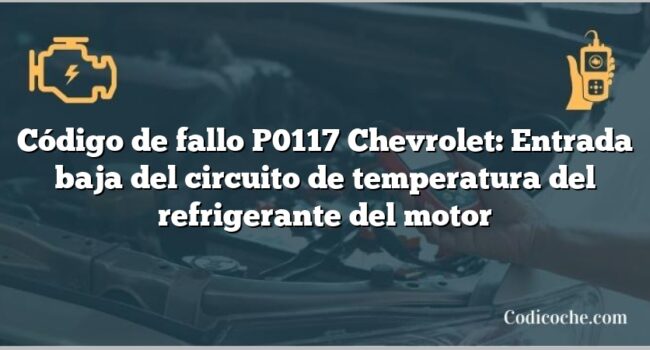
When your Chevrolet's onboard computer logs a C12F6 fault code, it indicates a problem with the ABS proportioning valve solenoid performance, which can compromise your vehicle's overall safety and stability on the road.
You may notice the ABS warning light illuminating or the engine light turning on. The code often triggers due to issues with the Electronic Brake Control Module, wiring, or corrosion.
To diagnose the issue, you'll need to review possible causes, inspect the wiring harness, and use a scan tool to monitor the ABS system.
By continuing to explore this issue, you'll uncover the root cause and find a solution to get your vehicle back on track.
- Key Takeaways
- Symptoms of the C12F6 Chevrolet Code in Chevrolet Vehicles
- Common Causes of the C12F6 Chevrolet Code: A Diagnostic Overview
- How to Diagnose the C12F6 Chevrolet Code: Step-by-Step Procedure
- Effective Solutions: Repairing the C12F6 Chevrolet Code
- Cost Analysis and Essencial Tools for Resolving the C12F6 Chevrolet Code
- Preventive Measures to Avoid the C12F6 Chevrolet Code in the Future
- Chevrolet Models Most Affected by the C12F6 Chevrolet Code
- Related Fault Codes to C12F6 Chevrolet Code
- Frequently Asked Questions
- Conclusion
Key Takeaways
- The C12F6 Chevrolet code indicates a malfunction in the Anti-Lock Brake System (ABS) proportioning valve solenoid performance.
- A faulty Electronic Brake Control Module (EBCM) is often the primary cause of this code, but wiring issues or corrosion can also trigger it.
- To diagnose the issue, perform a Brake System Analysis, review wiring diagrams, and use a scan tool to monitor the ABS system's performance.
- Effective solutions include conducting an electrical inspection, replacing faulty components, and performing a thorough brake failure analysis.
- Regular maintenance, such as checking brake fluid levels and inspecting the brake system, can help prevent the C12F6 code from occurring in the future.
Symptoms of the C12F6 Chevrolet Code in Chevrolet Vehicles
When your Chevrolet vehicle's Anti-Lock Brake System (ABS) Warning Light illuminates, it's a clear indication that the C12F6 fault code has triggered, potentially accompanied by the Engine Light or Service Engine Soon Warning Light.
This warning signals a problem with your vehicle's systems, specifically the traction control and ABS.
The ABS Warning Light stays on, indicating a malfunction in the Anti-Lock Brake System.
The Engine Light or Service Engine Soon Warning Light turns on, suggesting a broader issue with your vehicle's systems.
Your vehicle's performance may be affected, although the code may not display any symptoms at all.
It's essential to address this issue promptly to guarantee your safety on the road.
Consult a professional mechanic to diagnose and repair the problem.
Common Causes of the C12F6 Chevrolet Code: A Diagnostic Overview
As you delve into the diagnostic process, it's crucial to pinpoint the root cause of the C12F6 Chevrolet code, and a faulty Electronic Brake Control Module (EBCM) is often the primary suspect.
In your Brake Failure Analysis, a key requirement is to examine the following common causes:
A faulty Electronic Brake Control Module (EBCM) harness that's open or shorted.
A poor electrical connection in the EBCM circuit.
Other possible causes, such as wiring issues or corrosion, that can trigger the code.
When conducting EBCM Troubleshooting, remember to incorporate Wiring Inspection Strategies to identify any damage or corrosion.
By understanding these common causes, you'll be better equipped to diagnose and repair the issue, ensuring your vehicle's safety and performance.
Remember to consult factory service manuals for more information and ponder seeking professional help if needed.
How to Diagnose the C12F6 Chevrolet Code: Step-by-Step Procedure
To diagnose the C12F6 Chevrolet code, start by reviewing the possible causes and visually examining the wiring harness and connectors to identify any signs of damage or corrosion. This will give you a good understanding of the issue at hand.
Next, perform a Brake System Analysis to pinpoint the problem area. You'll need to use Diagnostic Tools such as a scan tool or multimeter to read the trouble code and monitor the system's performance.
Inspect the wiring and connectors for damage or corrosion.
Use a scan tool to monitor the ABS system's performance and identify any faulty components.
Consult factory service manuals or online resources for more information on the code and repair procedures.
Effective Solutions: Repairing the C12F6 Chevrolet Code
Now that you've diagnosed the C12F6 Chevrolet code, it's time to focus on repairing the underlying issue to get your vehicle's anti-lock brake system functioning properly again.
To achieve this, you'll need to perform a thorough Brake Failure Analysis to identify the root cause of the problem.
- Conduct an Electrical Inspection: Inspect the wiring harness and connectors for any signs of damage or corrosion.
- Check for Faulty Components: Look for any faulty or malfunctioning parts, such as the Electronic Brake Control Module (EBCM), and replace them as needed.
- Compare Repair Costs: Research and compare repair costs from different shops to find the best deal for your vehicle.
Cost Analysis and Essencial Tools for Resolving the C12F6 Chevrolet Code
The diagnosis labor cost typically ranges from $75 to $150 per hour, with an estimated 1-hour labor time.
To resolve the code, you'll need:
A Scan Tool to read and clear the code, as well as monitor the vehicle's systems.
Wiring Diagrams to help you identify and repair any electrical issues related to the ABS Proportioning Valve Solenoid.
New Brake Pads, if the code is triggered by worn-out brake pads, which can affect the ABS system.
Having these tools and resources will help you diagnose and repair the issue efficiently.
Make sure to consult factory service manuals and seek professional help if needed.
Preventive Measures to Avoid the C12F6 Chevrolet Code in the Future
By resolving the C12F6 Chevrolet code, you've taken the first step in ensuring your vehicle's anti-lock braking system (ABS) is functioning properly, but it's equally important to take proactive measures to prevent the code from setting again in the future.
To avoid future occurrences, consider the following preventive measures:
- Brake Fluid Maintenance: Regularly check and maintain the brake fluid level to prevent low levels from triggering the C12F6 code.
- Solenoid Inspection: Inspect the brake system for signs of wear or damage, and replace components as needed to prevent premature failure that can lead to the C12F6 code.
- Regular Upgrades: Consider upgrading to high-quality brake components, such as brake pads and rotors, to reduce the risk of premature failure and the C12F6 code.
Chevrolet Models Most Affected by the C12F6 Chevrolet Code
If you own a Chevrolet, you're likely wondering which models are most prone to the C12F6 code, and the answer lies in the manufacturing years and models that have been reported to have a higher incidence of this issue.
Based on reports and data, the top three Chevrolet models most affected by the C12F6 code are:
Chevy Tahoe (2011-2014): Owners of these model years have reported issues with the ABS system, leading to the C12F6 code.
Chevy Silverado (2012-2015): Similar to the Tahoe, Silverado owners have experienced problems with the ABS proportioning valve solenoid, resulting in the code.
Chevy Cruze (2011-2013): Cruze owners have reported errors with the Electronic Brake Control Module (EBCM), which can trigger the C12F6 code.
These models aren't the only ones affected, but they've a higher incidence of this issue. To guarantee your safety on the road, prompt action is necessary to verify the problem is resolved.
Several fault codes are related to the C12F6 Chevrolet code, which can help you identify the root cause of the issue and potentially simplify the diagnosis process.
These related codes share similarities with C12F6, such as Fault Code C1277, which also deals with the ABS Proportioning Valve Solenoid Performance.
By analyzing these codes, you can perform a more thorough Brake System Analysis and identify Vehicle Error Patterns.
C1277: ABS Proportioning Valve Solenoid Performance
C123F: ECU Hardware Performance ABS Pump Motor Circuit
C1242: ECU Hardware Performance ABS Valve Solenoid Circuit.
Understanding these related fault codes can help you pinpoint the root cause of the issue and make repairs more efficiently, allowing you to examine other potential causes.
Frequently Asked Questions
What Are the Symptoms of a Bad Proportioning Valve?
Uneven brake pedal feel, spongy brakes, or a soft brake pedal are typical signs of a bad proportioning valve.
Brake fluid leaks around the valve area or a hissing sound when applying the brakes can also indicate valve malfunction.
In some cases, there may be no noticeable symptoms, but a professional diagnosis is necessary to identify the issue.
What Is the Difference Between ABS and Proportioning Valves?
A proportioning valve regulates brake fluid flow to guarantee balanced braking force between the front and rear wheels, affecting master cylinder operation and brake pedal feel.
ABS is an electronic system that rapidly pulses the brakes to maintain traction, focusing on preventing wheel lockup rather than regulating fluid pressure.
The key difference between the two is their function: proportioning valves regulate brake fluid flow for balanced braking, while ABS prevents wheel lockup to maintain traction.
How Do You Adjust the Brake Proportioning Valve?
Consult your vehicle's service manual for specific instructions on adjusting the brake proportioning valve. Typically, you'll need to locate the valve, loosen the locknut, and turn the adjustment screw to achieve the correct setting.
Be cautious not to overtighten, as this can affect brake performance.
Recheck the valve calibration process to verify ideal ABS function.
What Is the Proportional Valve on the ABS System?
The proportional valve on the ABS system is an electro-hydraulic valve that regulates brake pressure to each wheel, guaranteeing proper braking performance and preventing wheel lockup.
The valve's operation involves solenoid function, which controls hydraulic pressure distribution to the brake calipers. This ensures even braking by regulating pressure to each wheel individually.
Malfunction of the proportional valve can cause issues like uneven braking or spongy pedals, highlighting its critical role in maintaining proper braking performance.
Conclusion
You now have a solid understanding of the C12F6 code and its implications on your Chevrolet's Anti-Lock Brake System.
Address this issue promptly to guarantee your safety on the road.
With the right tools and a bit of patience, you may be able to diagnose and fix the problem yourself.
If not, seek professional help to get your brake system back in top shape.
Si quieres conocer otros artículos parecidos a Fault Code C12F6 Chevrolet: ECU Hardware Performance ABS Proportioning Valve Solenoid Performance puedes visitar la categoría Chevrolet.
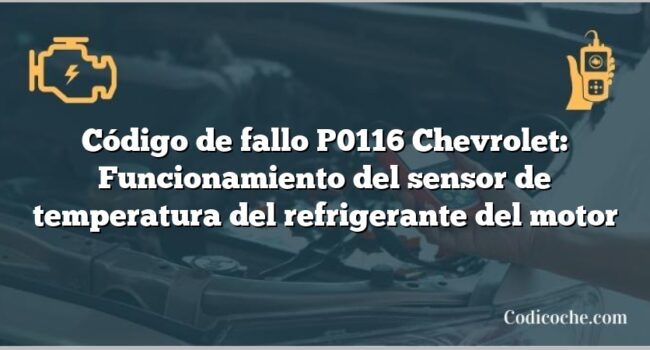
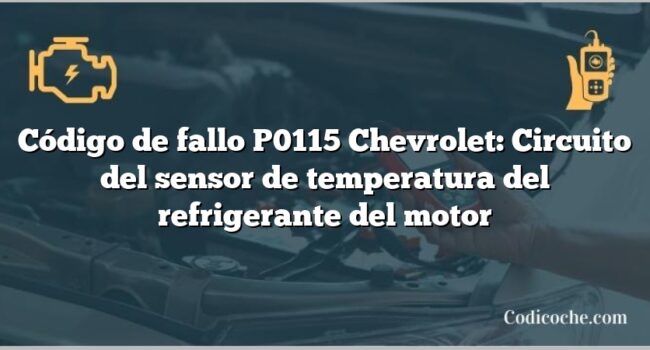
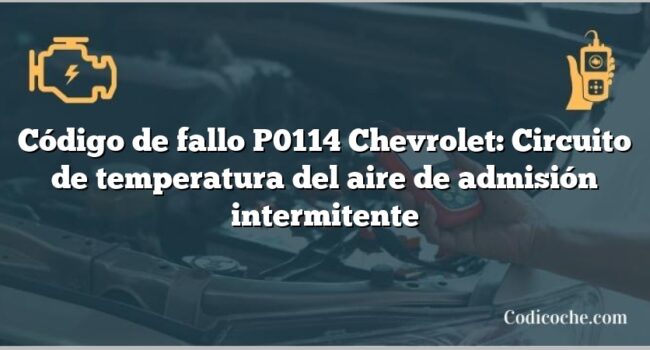
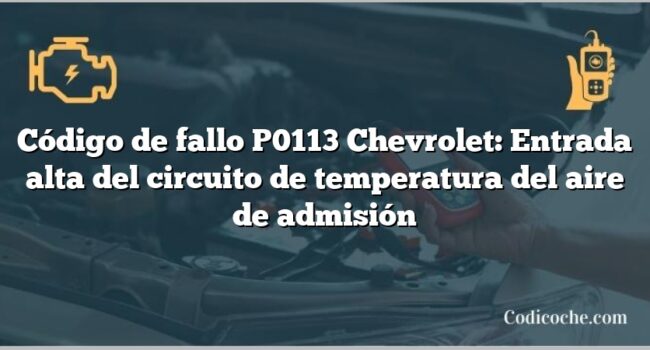
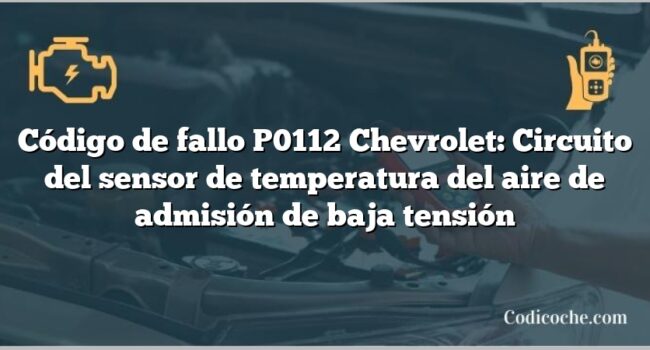
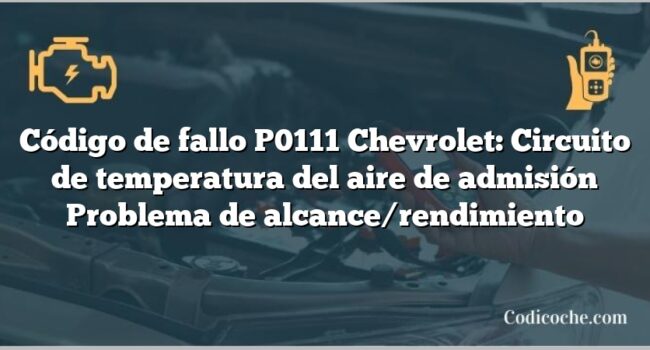











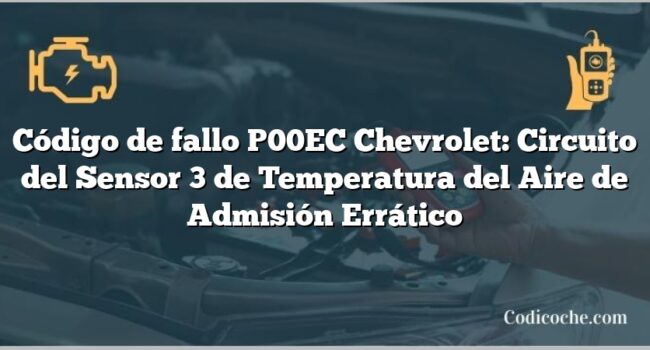
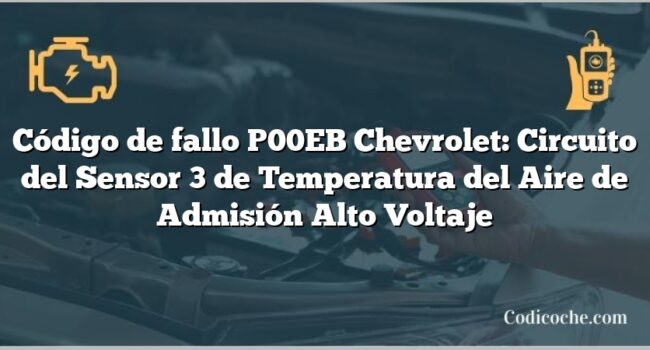

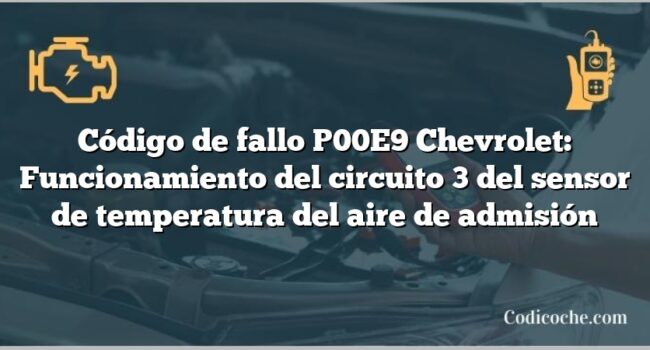
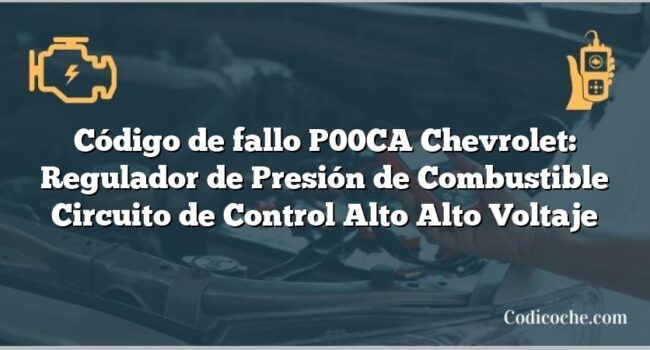

También te puede interesar: